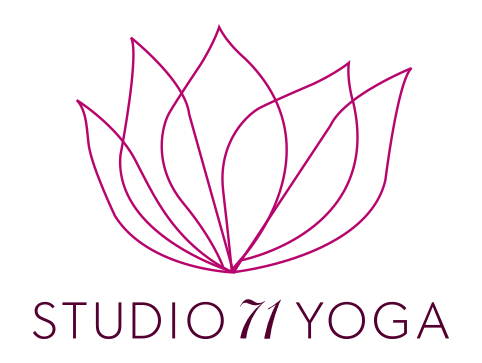I listened to a fascinating podcast recently about longevity.
The guest speaker, Dr. Michael Twyman, is an American board-certified cardiologist who focuses on preventing and detecting heart disease. In his clinical practice, he uses conventional, quantum, and Functional Medicine and biohacking to determine the root cause of his patients’ cardiovascular issues. He emphasized that cardiovascular health’s four pillars are crucial to living a long and healthy life.
These pillars are nutrition, exercise, stress management, and sleep. Each one of these factors plays a vital role in maintaining a healthy heart and avoiding cardiovascular diseases.
Let’s take a closer look at each of these pillars.
Nutrition: Your diet plays a central role in keeping your heart healthy. A diet rich in whole grains, fruits, vegetables, lean protein, and healthy fats can reduce your risk of heart disease. And avoiding processed and junk food and limiting your intake of saturated and trans fats can keep your cholesterol levels under control.
Exercise: Regular physical activity can improve cardiovascular health in many ways. It can strengthen your heart muscle, lower blood pressure, and improve blood flow. Additionally, exercise such as yoga can help manage weight, prevent diabetes, and improve mood, keeping stress levels under control.
Stress Management: Chronic stress can increase your risk of heart disease. Stress triggers the release of hormones that can cause inflammation, raise blood pressure, and constrict blood vessels, leading to heart attacks and strokes. Finding ways to manage stress through meditation, breathing techniques, and the physical practice of yoga can benefit your heart health.
Sleep: Getting sufficient sleep is essential for maintaining a healthy heart. Adults need seven to nine hours of sleep each night, and getting less than that can increase the risk of heart disease. Lack of sleep can contribute to obesity, high blood pressure, diabetes, and other cardiovascular risk factors.
Fortunately, my teachings of yoga include a thoughtful blend of yoga asanas (poses), pranayama (breath work), and dhyana (meditation)—practices that contribute to better cardiovascular health and longevity.
As you may know, my Spring 2023 yoga session started on Saturday, April 8th. It runs for ten weeks—so there’s still time to REGISTER!
Among my offerings, you can join a meditation class called iRest Yoga Nidra on Tuesday mornings. Click HERE for more information.
And suppose you’re not getting sufficient sleep or are concerned about improving the quality of your sleep. There’s still time to register for my signature course: FIVE STEPS FOR BETTER SLEEP. This course's enrollment is only open twice a year (spring and fall). If you’ve been considering getting started on a path to better sleep, this might be your LAST CHANCE to END SLEEPLESS NIGHTS—enroll before registration closes Monday, April 10th. Click HERE for more information.
Have you participated in my sleep recovery course before? If it’s been a while and you’d like a refresher, you can join us too. Click HERE for details.
In closing, being mindful of the four pillars of cardiovascular health is crucial to maintaining a healthy heart. Adopting a nutritious diet, regular exercise, stress management, and sufficient quality sleep can go a long way toward keeping your heart healthy and reducing your risk of developing heart disease. Let these pillars guide you in achieving optimal cardiovascular health and longer life.
I look forward to seeing you on the mat.
With joy and gratitude,
Jeannine
P.S. Feel free to contact me to register for a class or my sleep course.







